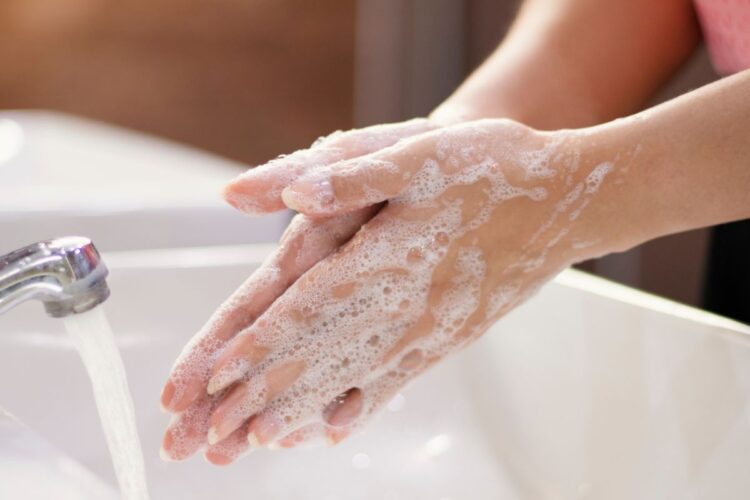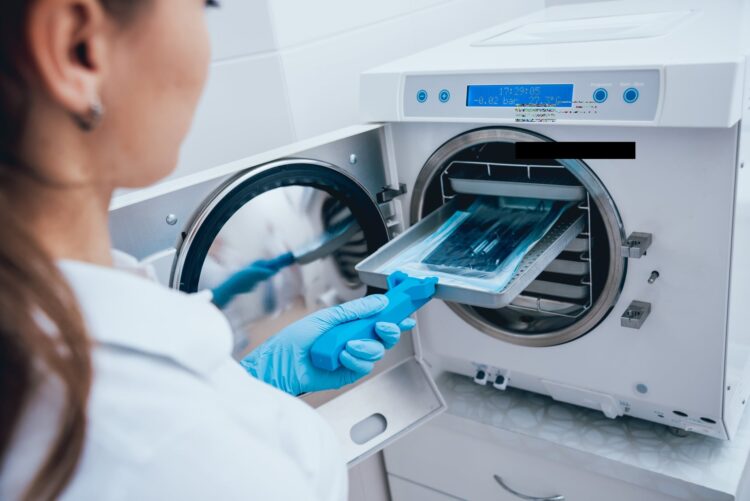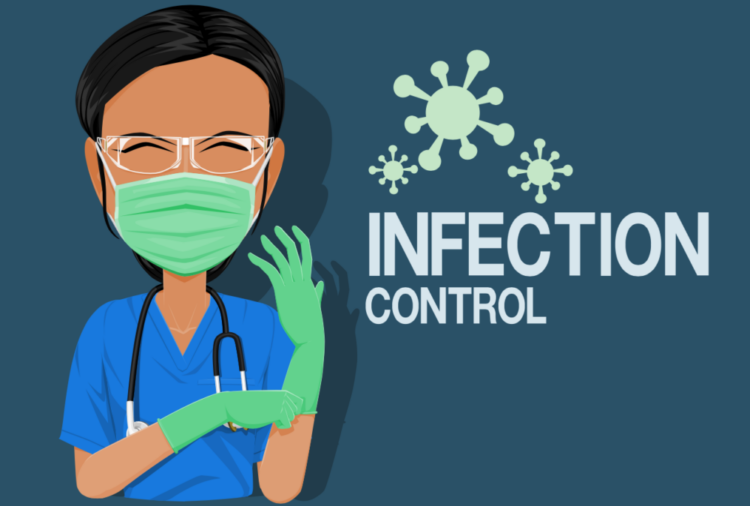Contamination control, particularly in healthcare and industry settings, is vital for preventing the spread of infections. By maintaining hygiene and adhering to certain protocols, we can minimize the risk of infection among patients, workers, and the general public.
In a world where resistant strains of bacteria are increasingly common, employing effective contamination control practices becomes not just an ethical responsibility but a necessity. This article will explore some of the best practices to achieve this goal. To learn more about this topic and prevent infections in your life, visit https://cprcertificationnow.com/products/bloodborne-pathogens-certification.
Page Contents
Understanding the Sources of Infection
Understanding what causes infections is the first step in prevention. Bacteria, viruses, fungi, and other microorganisms can all lead to infections. Proper identification helps in choosing the right method to control their spread.
Factors like moisture, temperature, and exposure to infected surfaces can promote the growth and spread of pathogens. Properly maintaining environmental factors is an essential part of controlling contamination.
Hand Hygiene

Source: performancehealthus.com
Regular handwashing with soap and water or an alcohol-based hand rub is the most straightforward and effective way to prevent the spread of infections. A rigorous protocol must be followed, especially in healthcare settings.
Wearing gloves in situations where contamination risk is high can add an extra layer of protection. Proper glove usage, including disposal, is equally essential.
Surface Disinfection
The proper choice of disinfectants that are effective against specific pathogens is crucial. Regular cleaning of surfaces with these disinfectants can minimize the risk of infections spreading from contaminated surfaces.
Keeping a regular cleaning schedule ensures that surfaces are consistently free from pathogens. This includes not only floors and walls but frequently touched objects like doorknobs and light switches.
Sterilization and Equipment Handling

Source: brooklinecollege.edu
Medical tools and industrial equipment must be properly sterilized to prevent them from becoming sources of infection. Autoclaving, dry heat, and chemical sterilants are methods that can be used based on the type of equipment.
How equipment is handled and stored after sterilization is equally important. Proper procedures must be maintained to ensure that sterile conditions are preserved.
Training and Education
Continuous education and training on the latest contamination control methods are vital. Regular sessions can ensure that all staff are aware of and can implement the latest best practices.
Clear visual reminders placed around the facility can reinforce proper practices. These reminders serve as a constant cue for staff to follow the correct procedures.
Monitoring and Compliance

Source: careflex.co.uk
Regular inspections and audits can ensure that all protocols are being followed. Any lapse or deviation can be promptly corrected.
A culture that encourages staff to provide feedback on infection control practices can lead to continuous improvement. An open line of communication can help identify areas that may need further attention.
Final Thoughts
Contamination control is a multifaceted approach that requires vigilance, proper procedures, and a commitment to ongoing education. In our battle against infections, the importance of following best practices cannot be overstated. By identifying the sources, maintaining proper hand hygiene, sterilizing equipment, and ensuring proper training, we can make significant strides in preventing infections.
The responsibility is a shared one, involving not just healthcare professionals but every individual who must play their part. By fostering a culture of cleanliness, adherence to protocols, and continuous improvement, we can safeguard our communities and build a world where the risk of infection is minimized.





